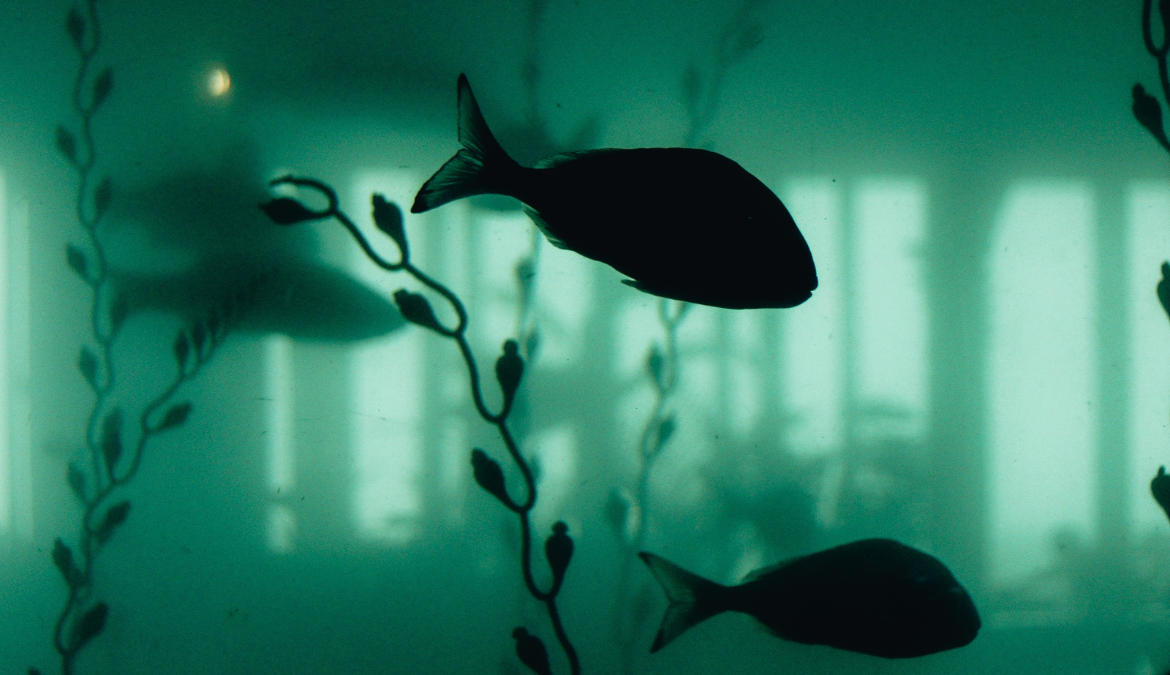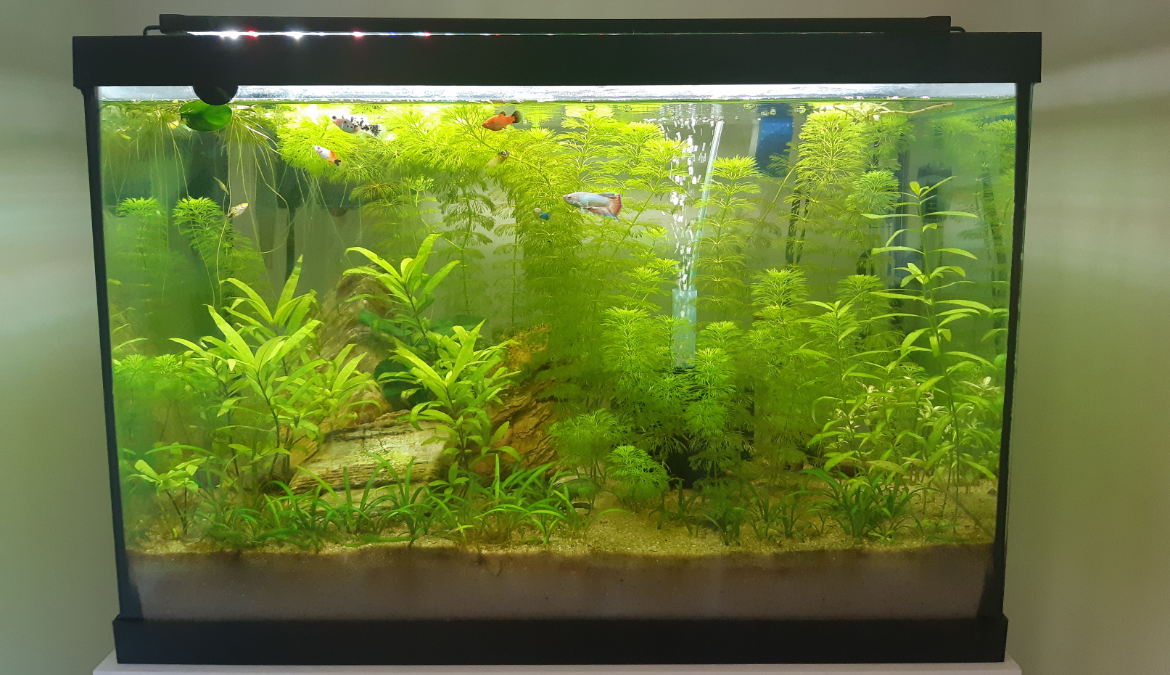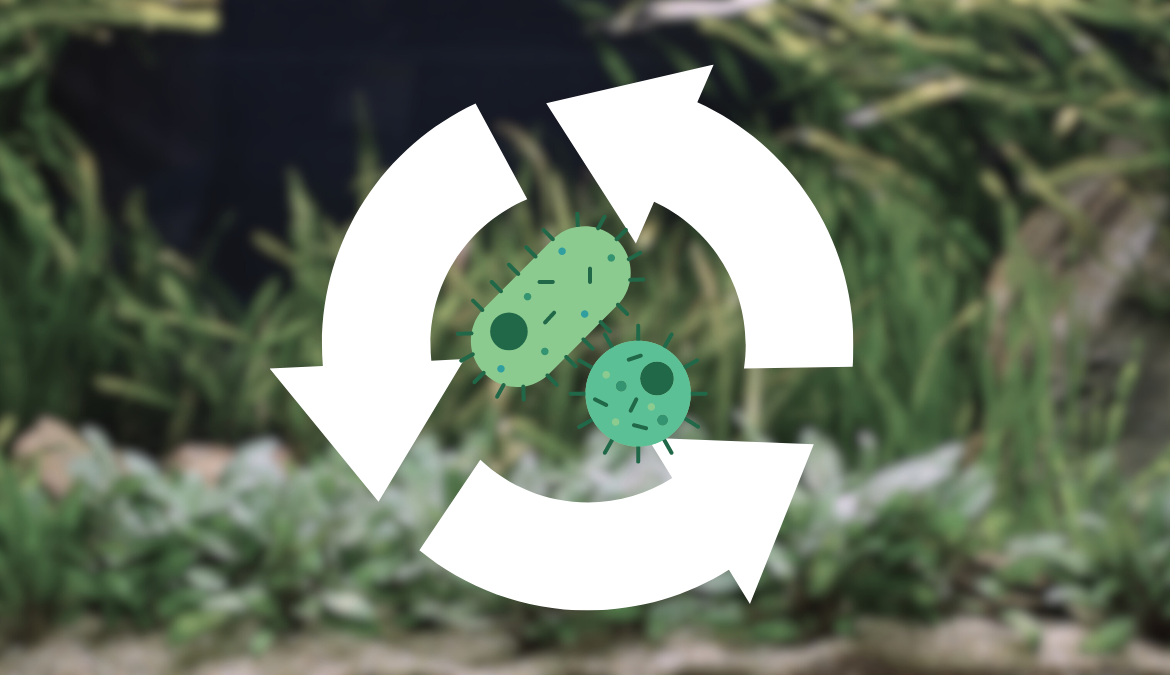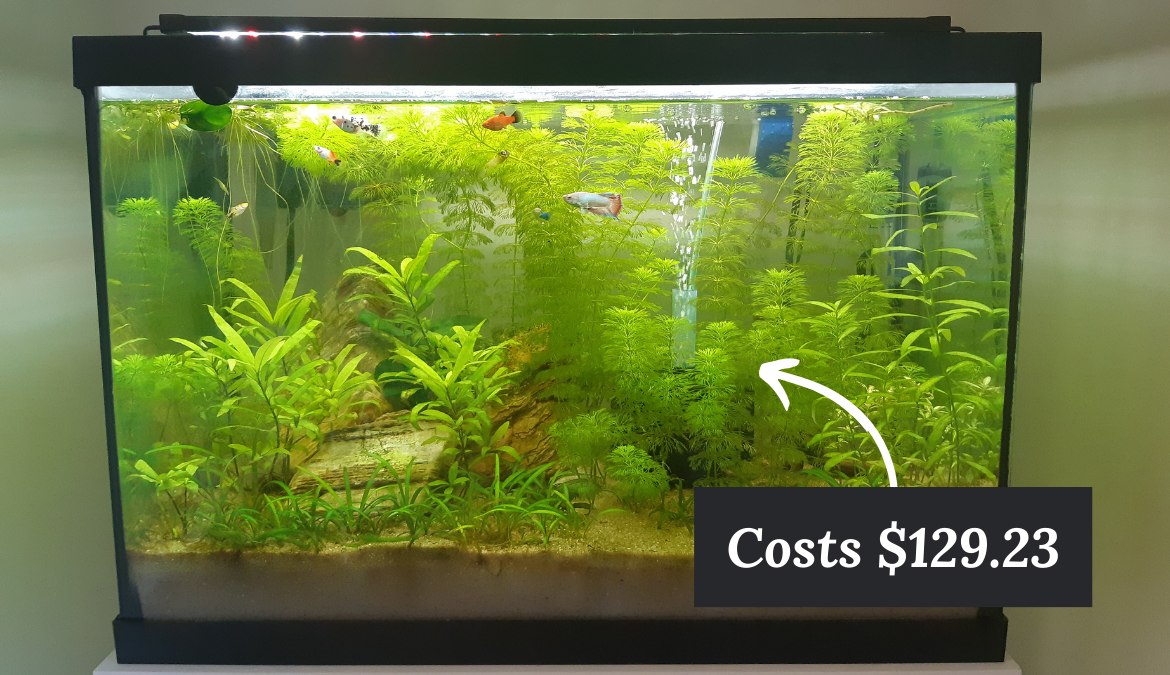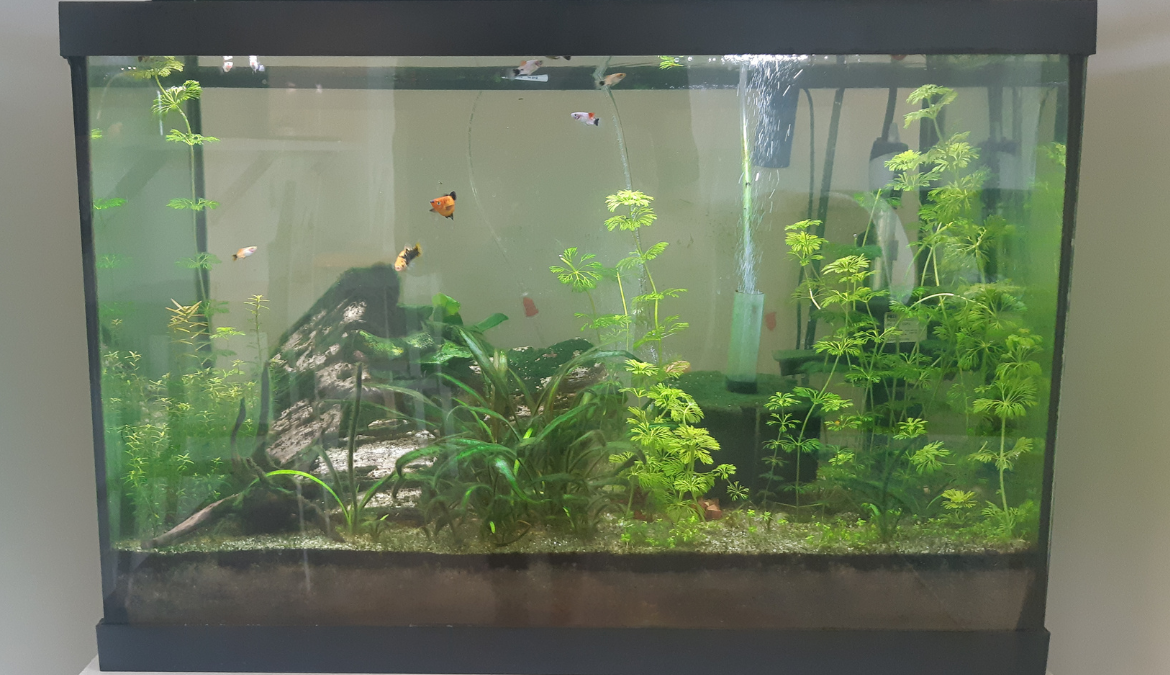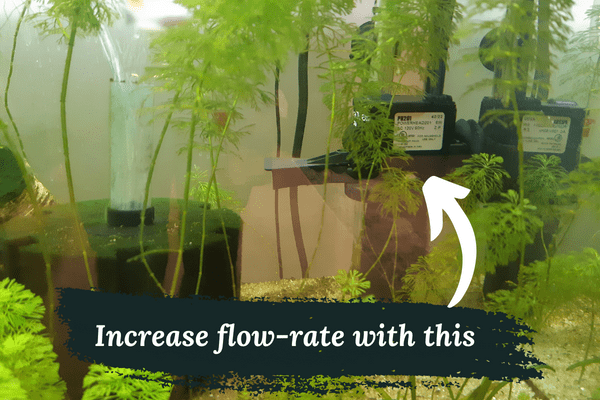Planted tanks do not require a heater as long as the water temperature remains between 22.0-32.5°C (71.6-90.5°F). It might be worth using an aquarium heater or increasing your room temperature if your water temperature falls outside of this range.
This is still a pretty wide range, though. And your particular setup might require a different temperature if you’re keeping fish in the tanks as well. This article will share a few tips on achieving a perfect planted tank temperature.
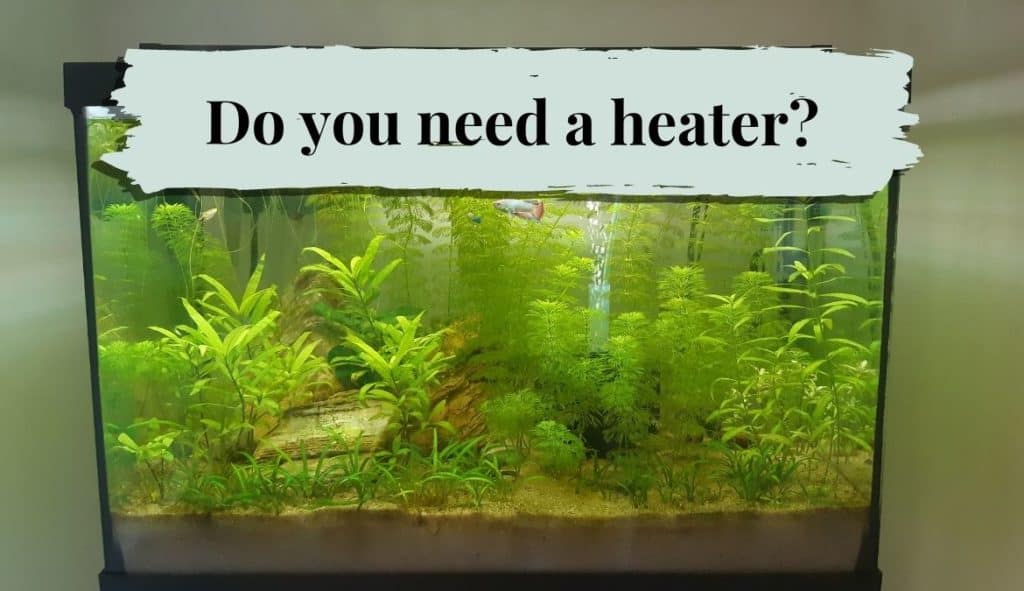
Contents
What temperature should a planted aquarium be?
Studies have shown that aquatic plants achieve an optimal level of photosynthesis between 22.0-32.5°C (71.6-90.5°F)[3]. This means that most planted aquariums will grow better as the temperature increases. But there are reasons why you should not maximize your tank temperature.
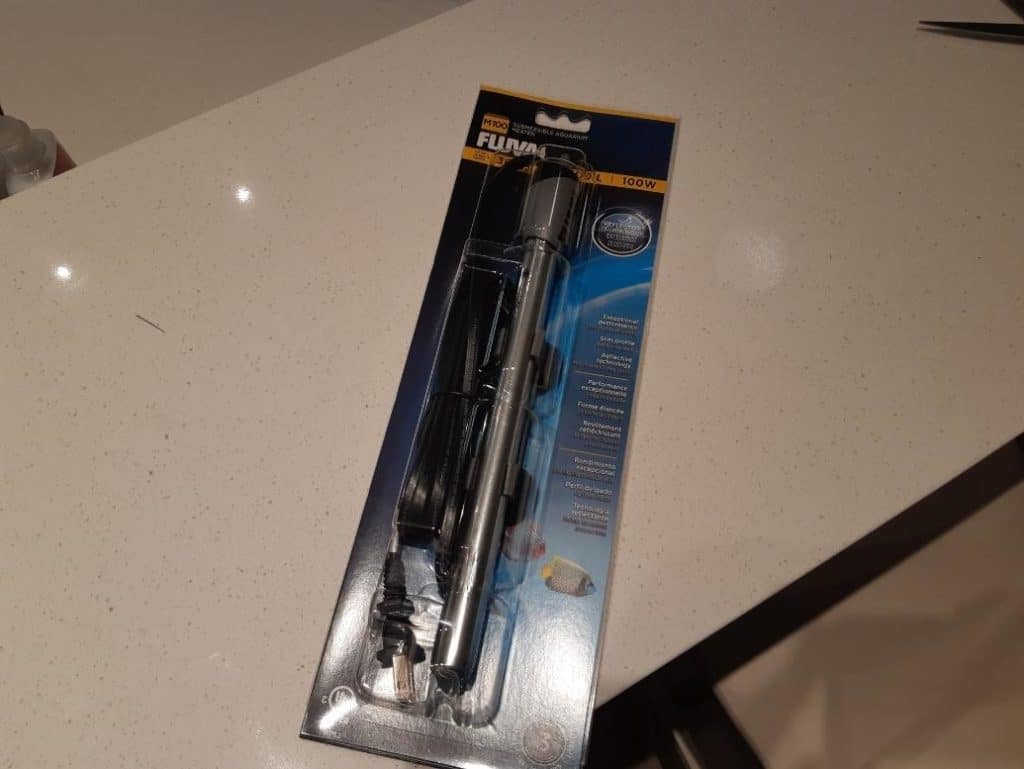
If you have fish then you should optimize your water temperature to their needs. It’s important to maintain a constant temperature, which is why having a heater is probably more important. We would recommend between 24-27°C (75-80°F).
If you are just keeping plants in your aquarium then you can get away without a heater as long as your room temperature is above 22.0°C (71.6°F), which most are. A heater will allow you to increase the temperature further and increase plant growth a bit. But it’s not necessary.
A high temperature will cause some plants to die
Many aquatic plant species quickly lose their ability to photosynthesize as the temperature exceeds the optimal temperature[1]. In other words, most plants gradually grow better as the tank temperature increases. But as the temperature tips over the peak, the plants will start to quickly die off.
This means it’s better to keep your aquarium at a warm temperature, but not too warm that you risk killing off some plant species. If you’re keeping fish then you will certainly be keeping the temperature below the peak point for plants anyways.
Temperature affects fish stress
Studies show that fish can tolerate temperature change, but that each species has a temperature range in which it’s able to survive[2]. Do some research to verify what the optimal temperature range is for your desired fish. Most freshwater tropical fish species thrive between 24-27°C (75-80°F).
Like plants, water temperature affects the rate at which fish metabolise food. Specifically, it is believed that their metabolism doubles with each 10°C increase in water temperature.
This means that fish in warmer water temperatures will require more food and oxygen to meet their energy demands. And less food and oxygen is required in cooler temperatures.
Most importantly for aquariums, rapid temperature change will temporarily increase fish stress. When this happens, your fish’s immune system will become less effective, which will make them more susceptible to illness.
Most people recommend changing your tank’s temperature by no more than two degrees per day. One of the best reasons to buy an aquarium heater is if you live in a climate where the temperature rapidly fluctuates over night or during the day.
Temperature affects beneficial bacteria growth
A study discovered that low water temperature causes beneficial bacteria to grow less effectively[4]. However, this is only true for water that was 5.5°C (41.9°F). So this is irrelevant for the typical hobby aquarium that will be just below room temperature.
What does warm water do to aquatic plants?
Heat increases a plant’s metabolic rate. This means they will have an increased demand for light and nutrients. It’s easy enough to increase your light intensity and dose more fertilizers. But the limiting factor is usually CO2.
CO2 occurs naturally in water and is able to sustain healthy aquatic plant growth in the 23-27°C (74-80°F) range. But your water may not contain enough CO2 to sustain plant growth as the temperature increases above about 27°C (80°F).
As a result, high-temperatures are not ideal for low-tech tanks that do not inject CO2 and are constrained to the naturally present CO2 levels of the water source.
What does cool water do to aquatic plants?
Low water temperature decreases the metabolic rate of aquatic plants. This means they may not consume all of the available CO2, light and other nutrients in the tank. This won’t necessarily have a negative effect on plant growth but will likely cause opportunistic algae to grow.
This is often observed in aquariums between 21-23°C (70-75°F).
Cooler water can hold more dissolved oxygen
One benefit of cooler water is that is can hold more dissolved oxygen than warm water. Oxygen is important for all aquatic life, including your fish and beneficial aerobic bacteria.
Do aquarium plants grow better with a heater?
Most aquarium plants will grow better with a heater up until about 32.5°C (90.5°F). Warmer water increases the photosynthetic activity of most plants, which allows them to grow more rapidly. However, most plants can tolerate a wide range of temperatures and do not require a heater.
Where should the heater be placed in a planted tank?
You can place a heater in any location inside your aquarium as long as you have adequate water circulation. Most fishkeepers choose to position their heater towards the back so they can hide it with plants or decorations.
How cold can aquarium plants get?
Most aquarium plants require at least 22.0°C (71.6°F) to achieve a suitable rate of photosynthesis[3]. But most plant species will still grow in cooler temperatures than this, but with less success.
If you want to run a cooler tank then make sure you also lower your light intensity, CO2 dosing and liquid fertilization. Otherwise, you may experience increased algae growth.
The colder the water temperature is, the less nutrients and light your plants will require.
References
- Barko, J. W., Adams, M. S., & Clesceri, N. L. (1986). Management of Submersed Aquatic Vegetation. J. Aquat. Plant Manage, 24, 1-10.
- Jonsson, N. (1991). Influence of water flow, water temperature and light on fish migration in rivers. Nordic journal of freshwater research, 66(1991), 20-35.
- Santamaría, L., & van Vierssen, W. (1997). Photosynthetic temperature responses of fresh-and brackish-water macrophytes: a review. Aquatic Botany, 58(2), 135-150.
- Urakawa, H., Tajima, Y., Numata, Y., & Tsuneda, S. (2008). Low temperature decreases the phylogenetic diversity of ammonia-oxidizing archaea and bacteria in aquarium biofiltration systems. Applied and environmental microbiology, 74(3), 894-900.


